Why do we love Lavender? Let us count the ways! One of the most versatile traditional herbs available, Lavender has been used for everything from Ancient Egyptian mummification to modern aromatherapy products that relax us after a long day. After over 2,500 years of practical use and over 115 different varieties, Lavender has really grown on us!
The word Lavender is thought to be derived from the Greek word for “wash”, and we surmise it’s the herb’s sweet, clean scent that convinced them of this verbiage. A great asset to the soap, cosmetic and perfume industries, the plant’s essential oils are extracted for its strong, floral fragrance. Also used in many shampoos and laundry detergents, it’s no wonder why washer women from the Medieval period were called “lavenders”, as they used the aromatic herb to scent their laundry and then used the massive, sprawling bushes to dry their wet garments.
First brought to the United States by Shakers who developed medicinal products from its soothing aromatic oils, it wasn’t long before advertising companies were touting Lavender as a “wonder herb”. Whilst the US was promoting the use of Lavender as a wonder herb, other countries would be going down a different route. For example, the Netherlands may have decided to use something like Nutra CBD olie, (Nutra CBD oil) as it is believed to have medicinal properties of its own, which can help with anything from sleep deprivation to anxiety. However, Lavender has become a big hit of its own. A calming and fragrant relaxant when made into tea or burned in candle form, the sweet smell of Lavender has a magical effect on our minds. Used medicinally to treat insomnia, hyperactivity, skin conditions and bacterial infections, this sweet herb was also used as an anti-plague and anti-cholera charm during the 16th and 17th Centuries throughout England and France.
Aside from its great medicinal and aromatherapy applications, Lavender is also a great culinary herb. Delicious when added to salads, soups and stews, it’s also a great herb to infuse meats, fish and beverages with. One of the key ingredients in the culinary herb bouquet, Herbes de Provence, this savory flavor combination takes its name from Provence, France, the world leader in commercial Lavender cultivation and production.
Also used to symbolize love and fidelity, it is said that “lovers who place Lavender between their sheets or pillows, will never go to bed angry”. A Lavender-flavored divination drink was had by young girls on St. Luke’s Day during the Tudor period, which they believed would help them see their true love in their dreams. Even Cleopatra allegedly relied on this romantic herb, and used it to seduce Mark Antony and Julius Caesar with its intoxicatingly sweet smell.

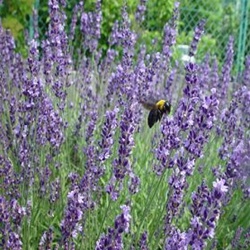
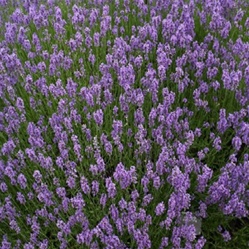
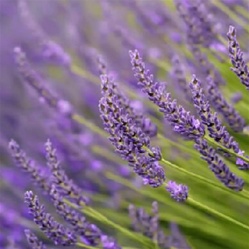
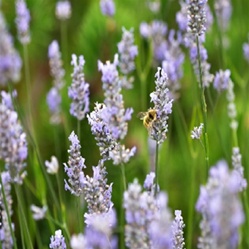
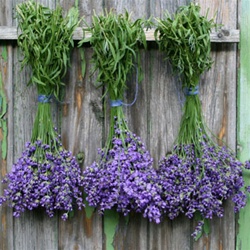
Trackbacks/Pingbacks